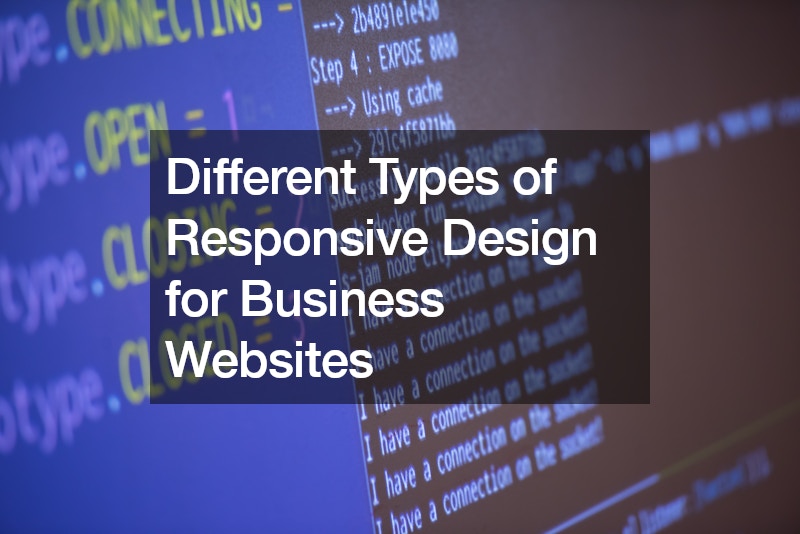In today’s digital age, having a responsive website is crucial for businesses to effectively engage with their audience across various devices. Responsive design ensures that a website looks and functions well on desktops, tablets, and smartphones. Here are different types of responsive design strategies that businesses can implement to enhance user experience and increase engagement.
Fluid Grid Layouts: Fluid grids use percentages instead of fixed units like pixels to define the width of elements.
This approach allows the layout to adjust smoothly across different screen sizes, ensuring that content remains accessible and visually appealing on any device. Fluid grids are fundamental to responsive design, providing a flexible and scalable structure.
Flexible Images and Media: In responsive design, images and media elements need to scale within the context of their containing elements. By using CSS techniques such as max-width: 100%, images can resize dynamically according to the screen size. This prevents images from overflowing their containers and ensures they look appropriate on various devices.
Media Queries: Media queries are a key component of responsive design. They allow designers to apply different CSS rules based on the characteristics of the device, such as screen width, height, and resolution. This enables the creation of custom layouts for different devices, optimizing the user experience for each screen size.
Responsive Typography: Text readability is crucial for user engagement. Responsive typography adjusts the size and spacing of text based on the screen size. Techniques like relative font sizes and viewport units (e.g., vw, vh) ensure that text remains legible and aesthetically pleasing across all devices.
Adaptive Design: Adaptive design, a subset of responsive design, involves creating multiple fixed layouts tailored to specific screen sizes. Instead of fluid adjustments, the layout switches between predefined designs based on the device. This approach can provide a more tailored experience for users on different devices.
Incorporating these different types of responsive design ensures that business websites are versatile, user-friendly, and accessible on any device, ultimately enhancing user satisfaction and engagement.
.






